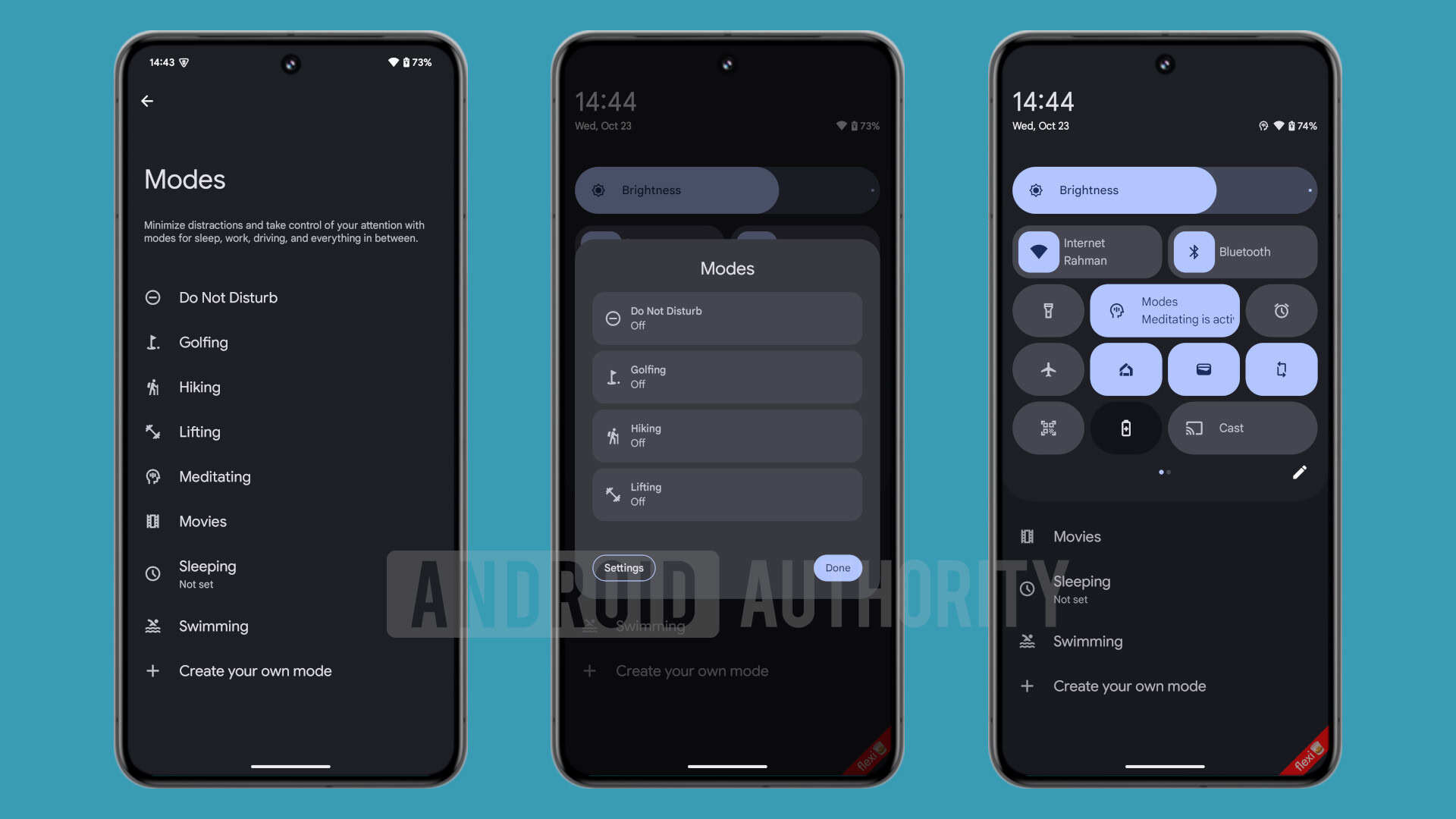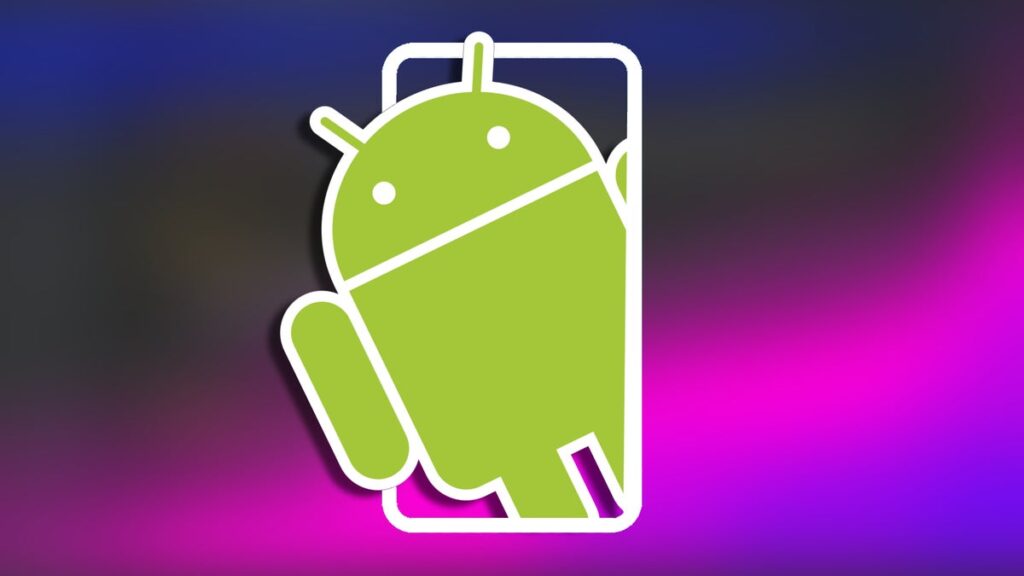Android 16 will redefine how users manage their device’s sound and notification settings with the introduction of Modes. We have significantly improved the existing “Do Not Disturb” feature. This new system promises a level of customization and control never before seen on Android, allowing users to create multiple modes to suit specific situations and preferences. Each mode can be given a unique name and assigned a separate icon, so you can easily identify and switch between them. The current Do Not Disturb mode has limited scheduling options and must be manually adjusted for different scenarios. “Modes” addresses this limitation by allowing users to define specific activation triggers for each mode. This means users can create modes that automatically activate based on time, location, or calendar events, allowing the device to seamlessly adapt to their schedule. In addition to triggers, each mode can be customized with specific display and notification settings, giving you fine-grained control over how your device behaves in different contexts.


“Mode” is currently hidden in Android 15 QPR1 Beta 3. | Image credit — Android Authority
Google is also focused on making the user experience more intuitive. The active mode is clearly indicated by a corresponding icon in the status bar, lock screen, and always-on display (AOD). This allows users to quickly identify the current mode without having to navigate through menus. The “Modes” quick settings tile has also been redesigned to display the icon and name of the first enabled mode, or the number of active modes if more than one is enabled.
A recent update to the Android beta revealed further improvements to the “Modes” interface. The quick settings mode dialog now has a one-column list, hinting that it may include more detailed information in the future. Users can currently choose from over 40 unique icons for the mode, but it remains to be seen if Google will allow custom icons in the final release. As an avid Android user, I’m particularly excited about the potential of “Modes” to streamline your digital life. You can create custom modes for different scenarios, such as work, sleep, or focused activity, minimizing distractions and increasing productivity. The addition of visual indicators and a more intuitive interface further demonstrates Google’s commitment to user experience. I’m looking forward to exploring the full capabilities of Mode and seeing how it shapes the future of Android.


